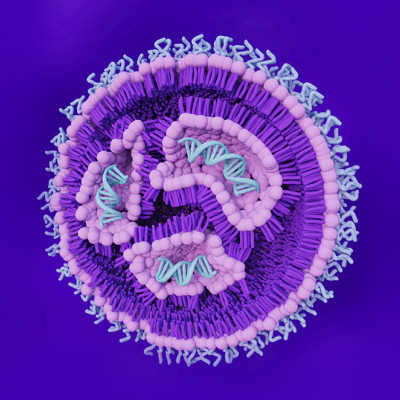
2023-04-21
Visited : 1202
Continued momentum in mRNA vaccines and therapeutics with over 840 programs under development, according to fresh data from Beacon RNA database by Hanson Wade. Limitations of hitherto dominant lipid nanoparticle (LNP) technologies call for alternate mRNA delivery solutions. Altamira's peptide-based SemaPhore™ nanoparticle technology confers great stability to mRNA, is non-immunogenic and non-toxic, enabling delivery to extrahepatic targets and efficient endosomal release.
Altamira Therapeutics, a company dedicated to developing RNA-based therapeutics that address important unmet medical needs, positions its peptide-based SemaPhore™ nanoparticle technology as a versatile and efficient alternative to the hitherto dominant lipid nanoparticle (LNP) delivery technologies in the fast growing field of mRNA (messenger ribonucleic acid) applications.
According to fresh data from the Beacon RNA database by Hanson Wade, the number of mRNA vaccines and therapeutics under development has now grown to more than 840, of which 356 are using some sort of LNP for delivery. While LNPs have been effectively and widely used especially for delivery of mRNA vaccines, they have certain limitations which prevent or restrict their use in various promising areas of therapeutic mRNA application. These limitations include predominant uptake by the liver following systemic administration, limited stability (requiring storage at ultralow temperatures), LNP-related toxicity and immunogenicity as well as poor endosomal release within cells (reported at only 1-2% of the payload).
Based on SemaPhore's unique features, Altamira sees strong promise for its application in the field of mRNA delivery. SemaPhore nanoparticles are characterized by a favorable tolerability profile while solving some of the inherent issues observed with LNPs: namely, delivering their cargo extra-hepatically, and efficiently promoting cellular uptake as well as endosomal release. In addition, SemaPhore is able to protect its RNA cargo from degradation without triggering an immune response (non-immunogenic). This latter feature is essential for those therapeutic indications where repeated administrations are required.
"We are excited about the increasing recognition of SemaPhore's differentiating features, as we are seeing growing interest by pharma and biotech companies in our technology," commented Covadonga Pañeda, Ph.D., Altamira's Chief Operating Officer. "SemaPhore's effective cellular uptake and transfection capacity, which was recently confirmed by an independent comparison of several mRNA delivery technologies in cancer cells, as well as the ability to reach extrahepatic targets and achieve high release rates for the RNA payload, resonate well given the limitations of LNPs. We are keen on seeing SemaPhore adopted for the development of promising novel mRNA therapeutics in collaboration with biotech and pharma partners."
Read the original article on ACCESSWIRE.